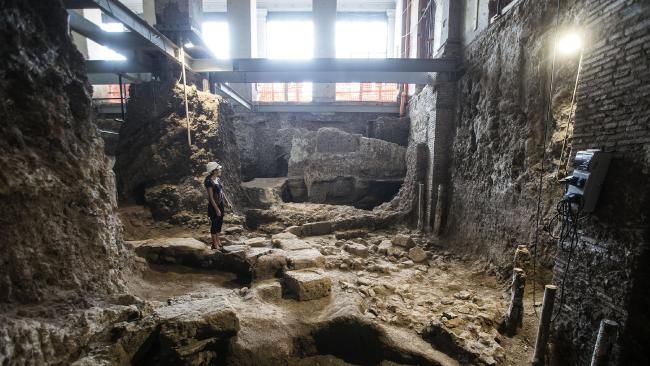Sixth century BC house may be proof of larger ancient capital than originally thought.
The discovery of a sixth century BC residence on Rome's Quirinal hill could prove that the ancient city was much larger than originally thought, archaeologists announced on 9 September.
Historians have long believed that the area under Largo S. Susanna was used only as an ancient necropolis but an archaeological dig under Palazzo Canevari, the former seat of the Istituto Geologico, yielded some very different results.
They discovered a well-preserved rectangular home, dating back to the sixth century BC, with wooden beams, clay-covered walls and a roof, together with traces of domestic use.
The archaeologists claim this means that the boundaries of ancient Rome's residential zone could have stretched much wider than the area around the Roman Forum, located further south.
The discovery has been hailed as “exceptional, among the most important of the last ten years,” by Francesco Prosperetti, superintendent for Rome’s archaeological heritage.
Photo Corriere della Sera






















